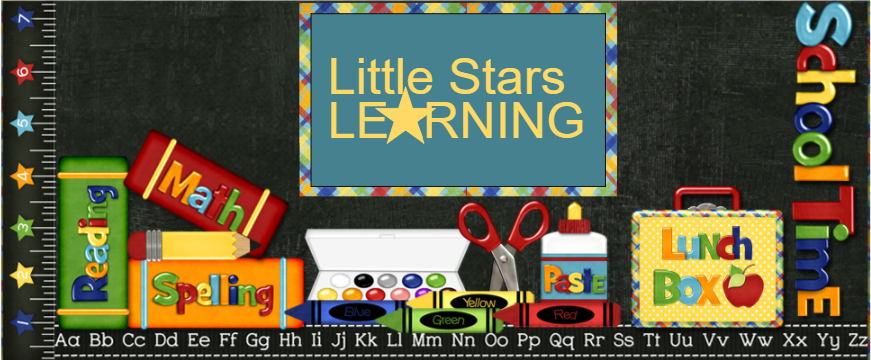Play.
Build.
Experiment.
Don't be afraid of failure.
Try again, the next attempt may be FABULOUS.
STEAM is not a "part" of my program. It is the core principal. If they come out of here with a love of learning, a love of art, and the ability to think logically and expansively, then I'm very happy with those results. Everything else is tag-on.
First Attempt In LearningArt is not crafts that I spend my free time doing 90% of the work and they do a bit of glue and construction. Art is seeing pictures in the clouds, tracing the veining on leaves, observing shadow and light differences, immersing in the materials around them and in the art process. Art is finding the wonder in the world and within themselves and developing the ability to express that through different mediums.
While I would love to have all natural materials, it simply isn't financially and logistically feasible for me to do so. The items I bring in, at this stage of my teaching career, however, must have a very specific purpose to them. I don't just grab a "deal." Most of the items I am currently curating have to do with STEAM relevance for the big boys. I have 5-year-olds redshirting with me for the next year, and I want them off devices and making the most of their time with STEAM materials.
What do I consider a STEAM materials?
- Open ended, it has no defined outcome or limited-use play
- Can be used for a small-scale structure or more elaborate one, so it builds with a child's development
- Can be played with from the get-go by a child, no instructions needed
- Can be played with independently when developmentally appropriate
We have a TON! Two large bins and two large baskets full. These are used by everyone, but the big boys have access to some of the small pieces for building more complex structures.
Gears! Gears! Gears! Super Building Toy Set, 150 Pieces-Amazon
MAGNETIC BLOCKS
Everyone loves the magnetic blocks. It is very interesting how they start out with them two dimensional, go to three dimensional and then get very complex in their structures very quickly.
WEDGITS
I consider this one of the absolute BEST toys everrrr! Infants can use them and even adults enjoy them. I rarely give them the cards to make matching structures, I just want them to build and create.
Building Blocks Toys Set - Amazon
 |
WEDGiTS Building Board, Dual Sided-Amazon |
BUILD A ROBOT
The robot can get a little wonky, but that is the joy of the process. It never looks like the original package image. It shouldn't. It is their individual creation every time.
I can't find one exactly like this, but this one is very similar and still great for the preschool crowd, unlike most robot kits which are geared to older children.
 |
Educational Insights Design & Drill Robot-Amazon |
LARGE SIZE ERECTOR SET
We have the tools, but the are usually somewhere in the dramatic play or block area. Mostly they just use their hands to work these. They make some pretty interesting construction.
 |
Multifunctional Wood Building Blocks - Amazon
https://amzn.to/2SicNOY
|
I've heard them called other things as well, but I believe the package when I first bought these AGES ago was labeled Star Links. The big pieces are out for all children at all times. The small connectors and the small 2-ball pieces are only for the preschoolers. The large 6-ball stars are great for infant sensory as well.
 |
STEM Flowers Interlocking - Amazon
https://amzn.to/2XXMajA
|
 |
| Robot and train made by Mr. R |
 |
The Official Bristle Blocks - Amazon |
SMALL LINKS
Not just for making chains, although that's mostly what they do, which is great for fine motor. These are also used for patterning, shape making, color sorting, counting, etc.
I get these heavy tubes from interior design firms, carpet stores and engineering firms. They are used in fabrics, carpet, and drafting paper. I cut them in one inch increments and large segments, some at slants to increase their possibilities. They are used throughout the day in many ways, and the children learn new ways to use them often. For instance, Mr. H last week realized that he could use a narrow tube as a base to stack wider diameter rings onto it to form a totem-like stack.
Ways they use them:
log rolling
lids









































